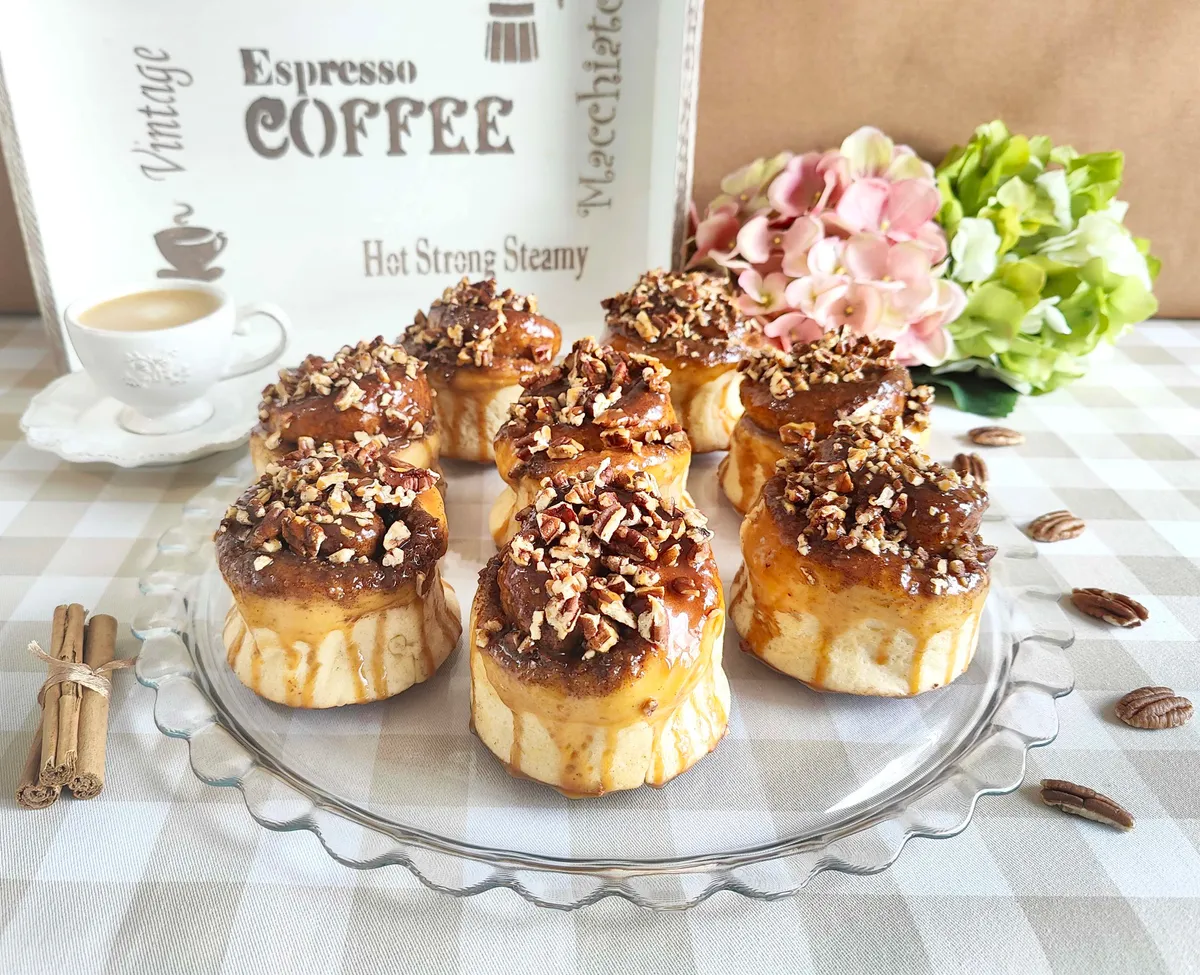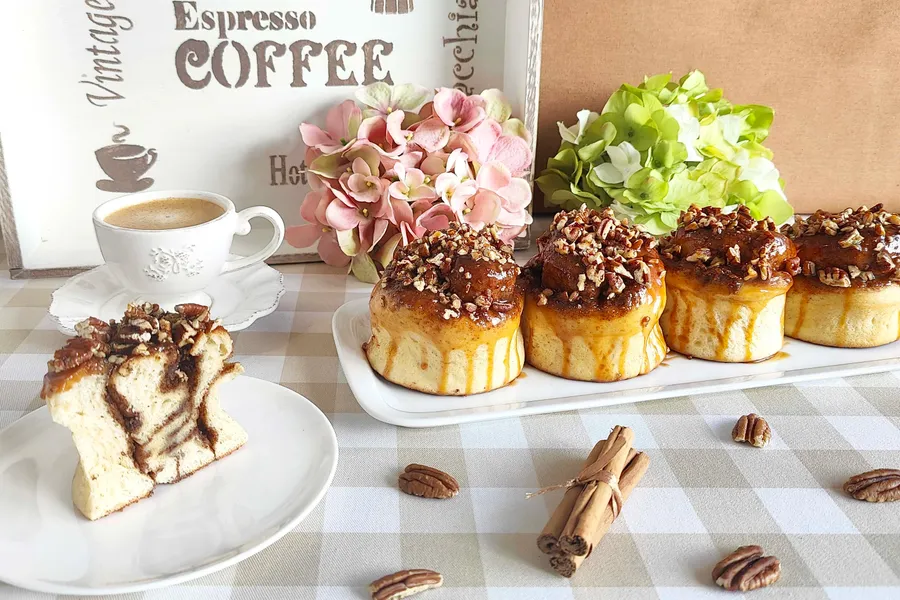
The history of the Sticky buns
Sticky buns, also known as “Schnecken”, have their origins deeply rooted in European bakery traditions, particularly in German cuisine. Their history can be traced back to the Middle Ages when sweet rolls made of sweet dough, honey, nuts, and fruits were prepared. Over time, these rolls evolved, adapting to regional preferences and ingredient availability.
During the European expansion into North America, colonists brought with them their baking recipes and techniques. In the United States, sticky buns gained popularity in the 18th century, particularly in German and Dutch communities. The distinctive stickiness of these treats, created by the addition of brown sugar and pecans, became a hallmark of this sweet delight.
As sticky buns gained popularity in the United States, different regions developed their unique variations. Some versions incorporate cinnamon, raisins, or even caramel, adding additional layers of flavor to this sweet indulgence. Over time, sticky buns became an American pastry specialty and are cherished nationwide as a delicious breakfast or snack.
Today, sticky buns have transcended national borders and become a beloved dish worldwide. Recipes may vary, but the essence of these sticky buns persists, reminding us of their rich history and humanity's skill in transforming simple recipes into irresistible treats.

 albertoimizcoz
albertoimizcoz

